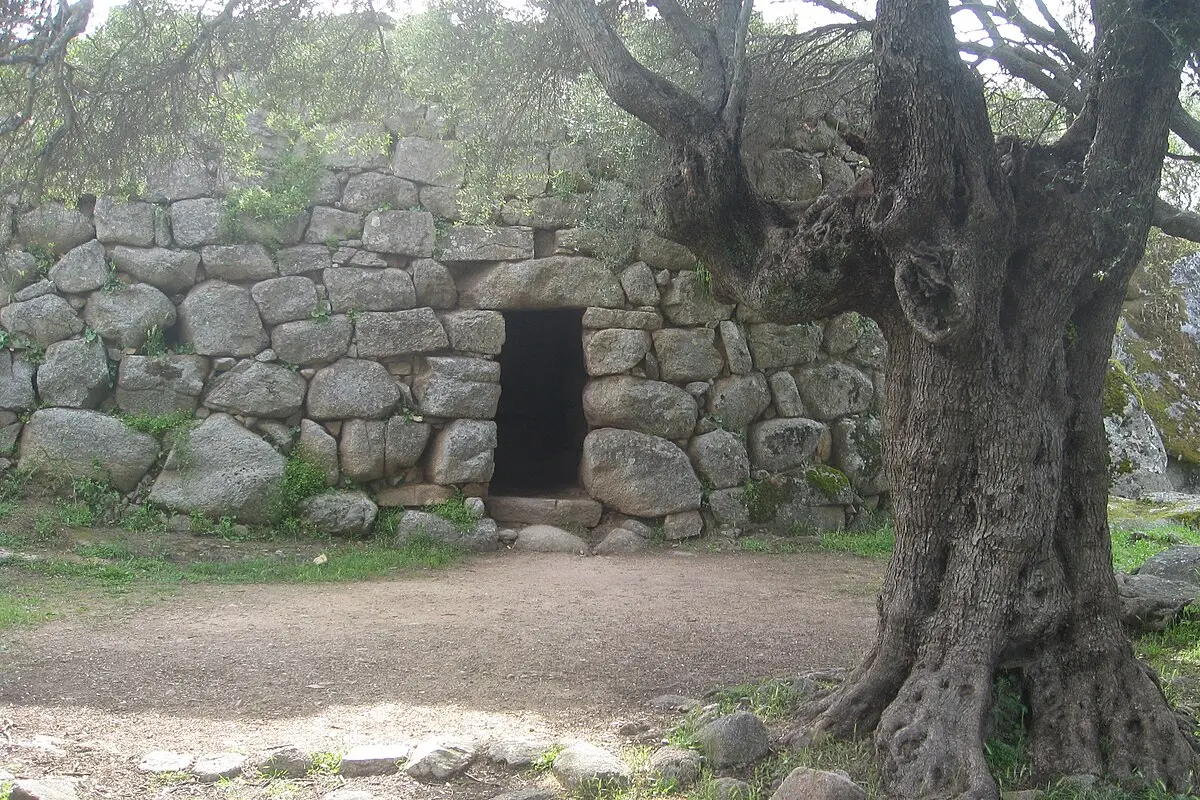An atlas is born in Sardinia to map and protect the nuraghes.
We start from an initial survey of over 10 thousand monumentsPer restare aggiornato entra nel nostro canale Whatsapp
The nuraghe have been there for 3,500 years. But how many are there? Where? And what risks do they face? The association "Sardinia towards UNESCO" is working to answer these questions, contributing to the creation of the Atlas of Monuments of the Nuragic Civilization.
Partnering with the University of Cagliari's Department of Archaeological Research (DICAAR) in the Return project, a PNRR initiative that uses Nuragic monuments in Sardinia as a model of resilience to climate change, the association collaborates on the geoportal "NuragicReturn - Towards an Atlas of Nuragic Sardinia," dedicated to the reconnaissance of sites and the risks associated with flooding, soil instability, earthquakes, and environmental degradation. This unprecedented synthesis integrates and harmonizes existing mappings, encompassing over ten thousand sites.
Although systematic cataloging and complete scientific validation are still lacking, the goal is to create a "common home" of knowledge, promoting the verification and certification of data by the competent institutions.
The final goal is the Atlas of Monuments of the Nuragic Civilization, built on a unified and shared methodological basis and scientific objectives, in collaboration with Sardinian universities, the Ministry of Culture, and the Sardinia Region.
The project, already developed with archaeologists from the Dumas Department of the University of Sassari and Lettòlib of the University of Cagliari, involves the testing of a new method for cataloging Nuragic artefacts, designed to respond to their specific characteristics and complexity.
As part of the project, the universities are expected to implement the new cataloguing scheme in 2026 in selected sample areas of the island, starting with bibliographic and documentary sources and culminating in a field survey and verification of the monumental evidence of Nuragic civilisation.
The association's mission, as stated in a statement, "is to place this tool at the service of communities, research, and institutions, to organize and share documentation on the Nuragic civilization, making it accessible to both scholars and citizens interested in the island's history and identity."
The project also includes "a Public Archaeology dimension, actively involving local communities in gathering and promoting local knowledge: memories, stories, and initiatives that recognize the value of local identities and emotional ties to places. Finally, Artificial Intelligence will play an innovative role: a collaboration is underway between Sardinian universities and Duke University (North Carolina) to strengthen the AIArcheoHuB research laboratory, dedicated to the application of AI to the study and protection of Nuragic heritage."
(Unioneonline)
